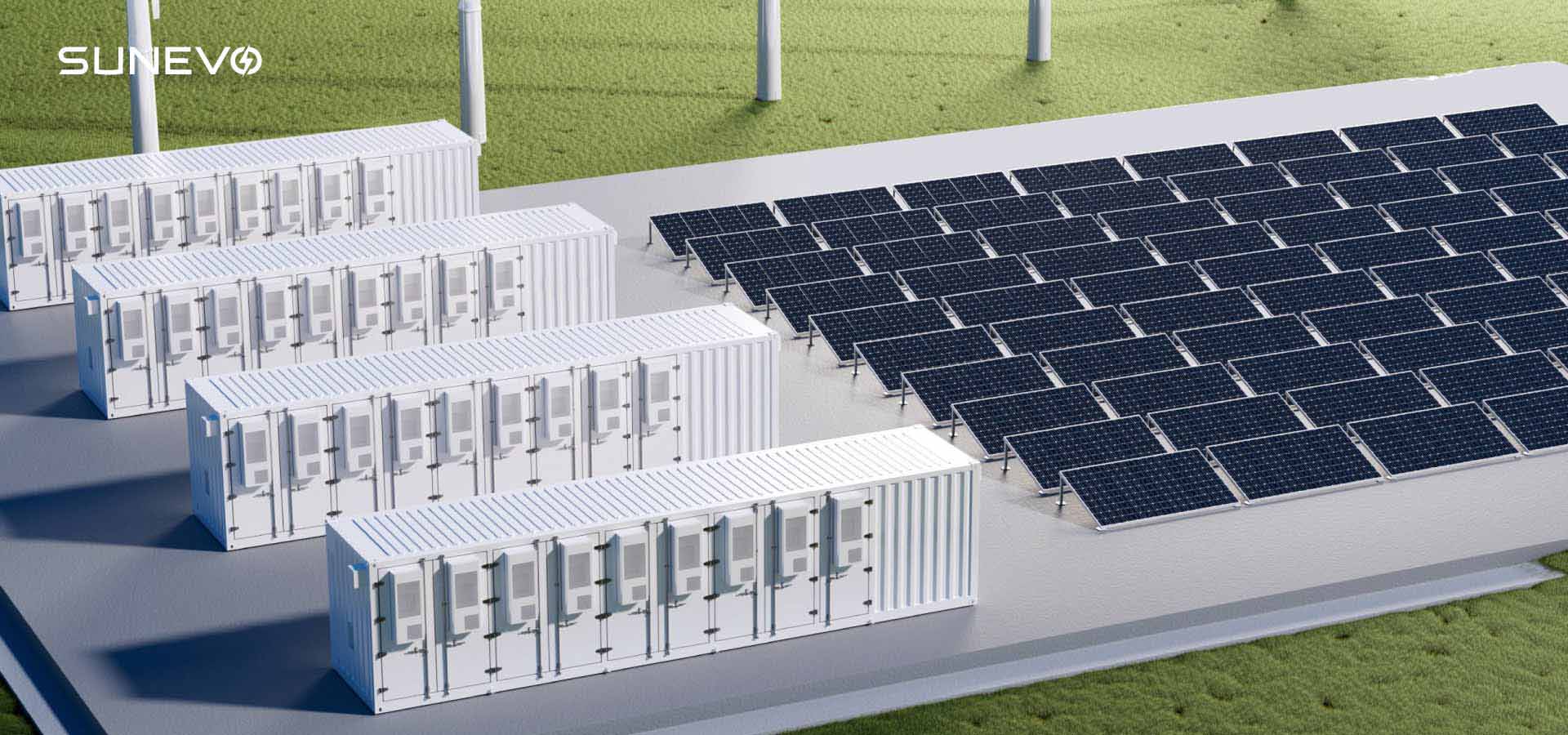
Renewable energy (RES) installed capacity in Europe is expected to triple, but will not reach the 2050 target given the challenges facing the market, according to leading research firm Aurora. The European Union has set a goal of achieving carbon neutrality by 2050, which requires renewable energy to generate more than 60% of total electricity generation.In its industry report, Aurora mentions that although installed renewable energy capacity in Europe has grown to nearly 530 GW over the past decade and is expected to more than triple by 2050, Europe will struggle to reach its target, given the ongoing challenges in the energy markets .
The research institute emphasized that negative tariffs and market saturation are the two main barriers to renewable energy growth. Negative tariffs are least prevalent in Central Europe and most frequent in the Nordic region, while grid congestion is also one of the main bottlenecks to renewable energy expansion, Aurora claimed. Remedies in Europe have increased by nearly 15% year-on-year and are expected to reach around 57 TWh by 2023, with Germany, Poland, the UK and Ireland seeing the largest energy cuts.
Aurora urged European countries to increase battery storage capacity and build a more diverse renewable energy portfolio for a more efficient energy transition. In addition, it suggests generating additional revenues through capacity markets, ancillary services markets and balancing markets.
Wind Europe recently voiced its concern that the EU's failure to build enough wind farms in the last year will jeopardize the process of achieving its target of 425GW of installed wind capacity by 2030.